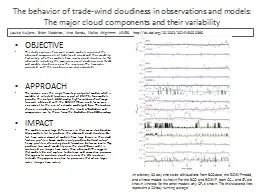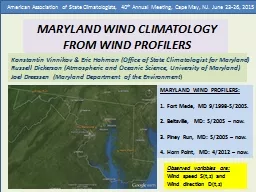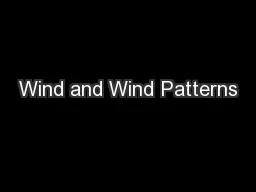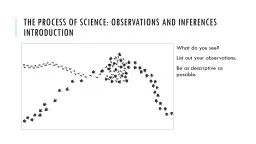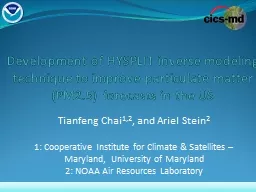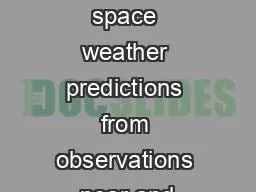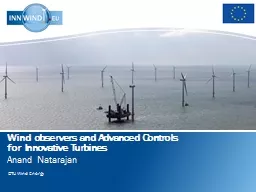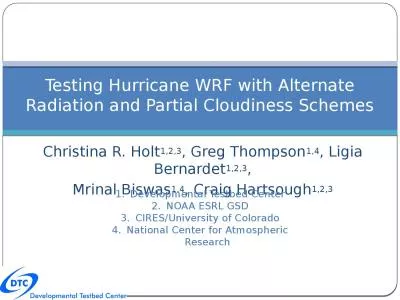PPT-The behavior of trade-wind cloudiness in observations and m
Author : myesha-ticknor | Published Date : 2017-09-28
OBJECTIVE This study explores how well climate models represent the observed components of tradewind clouds and their variability Particularly whether models have
Presentation Embed Code
Download Presentation
Download Presentation The PPT/PDF document "The behavior of trade-wind cloudiness in..." is the property of its rightful owner. Permission is granted to download and print the materials on this website for personal, non-commercial use only, and to display it on your personal computer provided you do not modify the materials and that you retain all copyright notices contained in the materials. By downloading content from our website, you accept the terms of this agreement.
The behavior of trade-wind cloudiness in observations and m: Transcript
Download Rules Of Document
"The behavior of trade-wind cloudiness in observations and m"The content belongs to its owner. You may download and print it for personal use, without modification, and keep all copyright notices. By downloading, you agree to these terms.
Related Documents

